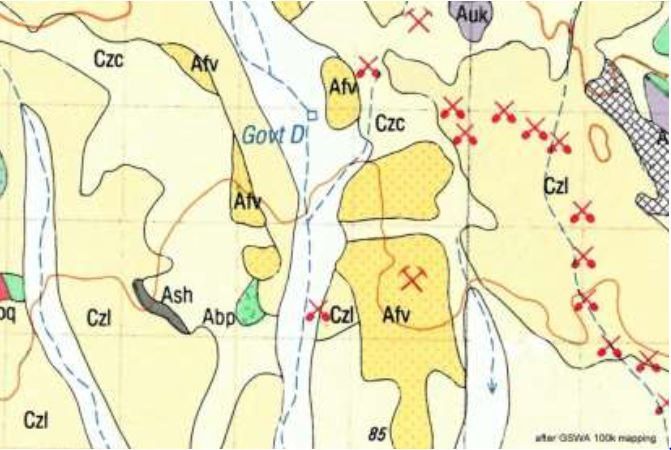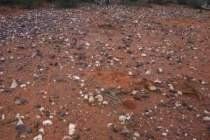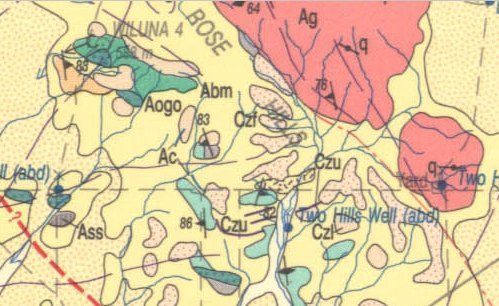Stahlgrip
Stefan
"Gold is where you find it."
I've spent weeks reading up on indicators and what to look for when it comes to prospecting.
All of it seems to be general pointers that work in some places, and doesn't work in other places.
Hence, gold is where you find it.
I know there seems to be some "state and region orientated" pointers and indicators floating around here and there, browsing through
conversations held amongst the forum members, but also just general browsing on the internet.
What I'm thinking is, surely there must be some more "local" indicators suited to certain areas throughout the different states?
Or is this a well guarded secret that nobody wishes to let out?
Like, in Kalgoorlie look for this, in Pilbarra look for that.
I know you can read up on old mines in the targeted area if you are lucky enough in that there are accesible documentation on the subject.
Other than that, is it just passed on information for different areas?
If I'm wrong I am more than happy to stand corrected and banished to the corner.
I'm new to gold prospecting in general.
I've only just registered on this forum.
As a means to see if I could learn more, before heading out prospecting myself.
I've spent weeks reading up on indicators and what to look for when it comes to prospecting.
All of it seems to be general pointers that work in some places, and doesn't work in other places.
Hence, gold is where you find it.
I know there seems to be some "state and region orientated" pointers and indicators floating around here and there, browsing through
conversations held amongst the forum members, but also just general browsing on the internet.
What I'm thinking is, surely there must be some more "local" indicators suited to certain areas throughout the different states?
Or is this a well guarded secret that nobody wishes to let out?
Like, in Kalgoorlie look for this, in Pilbarra look for that.
I know you can read up on old mines in the targeted area if you are lucky enough in that there are accesible documentation on the subject.
Other than that, is it just passed on information for different areas?
If I'm wrong I am more than happy to stand corrected and banished to the corner.
I'm new to gold prospecting in general.
I've only just registered on this forum.
As a means to see if I could learn more, before heading out prospecting myself.






